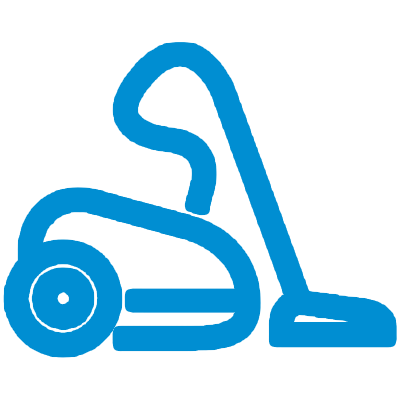
Understanding the Challenges of Remote Design
In today's fast-paced world, remote work has transformed how design teams collaborate. While technology provides countless tools for communication, the reality is that many creative ideas are getting lost in the digital noise. According to Saad Rajan and Vivek Haligeri Veerana, co-founders of Naya, a design platform, this disarray leads to inefficiency and frustration in the creative process. Their innovative approach has garnered recognition, including multiple prestigious iF DESIGN AWARDS.
Breaking Down Barriers for Better Collaboration
Innovation often falters when ideas get buried in overflowing inboxes or are lost in various online tools. Rajan and Veerana emphasize that sharing rough drafts and engaging in spontaneous discussions can significantly enhance the creative spirit. With remote work, these organic interactions are diminished. They advocate for a more fluid and structured workflow that prioritizes collaboration over customization, ensuring nothing is overlooked.
The Role of AI in Shaping Collaboration
As artificial intelligence becomes an integral player in the design field, the number of stakeholders and feedback sources increases dramatically. Rajan explains that while AI can aid productivity, it can also complicate things by fragmenting the feedback process. Designers often find themselves navigating various platforms like Google Docs and Slack for insights, leading to chaos if poorly managed. Hence, developing a streamlined feedback system is more crucial than ever.
Strategies for Navigating Digital Overload
To prevent ideas from fading into obscurity, Rajan and Veerana suggest implementing standardized workflows that allow for efficient tracking of design iterations and feedback. By harnessing digital tools effectively and creating a culture of open communication, teams can elevate their creative processes, maximizing their unique contributions.
Actionable Insights for Brands
The shifting dynamics of remote work present both challenges and opportunities for creative teams. Brands looking to navigate this landscape should focus on regimes that bolster collaboration while minimizing digital noise. Investing in platforms that consolidate feedback and streamline communication will help retain creative momentum.
If your brand is struggling to clarify its vision in this intricate digital landscape, consider seeking professional assistance. Building solid foundations for effective collaboration is key to achieving great design and innovation in today's world.
 Add Row
Add Row  Add
Add 




Write A Comment